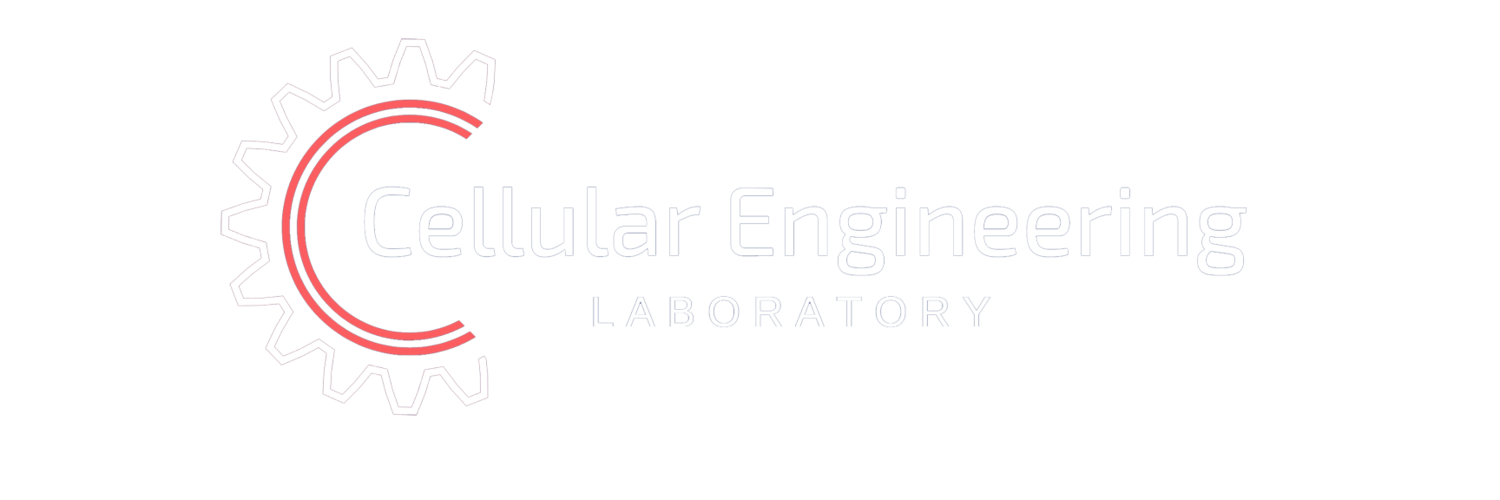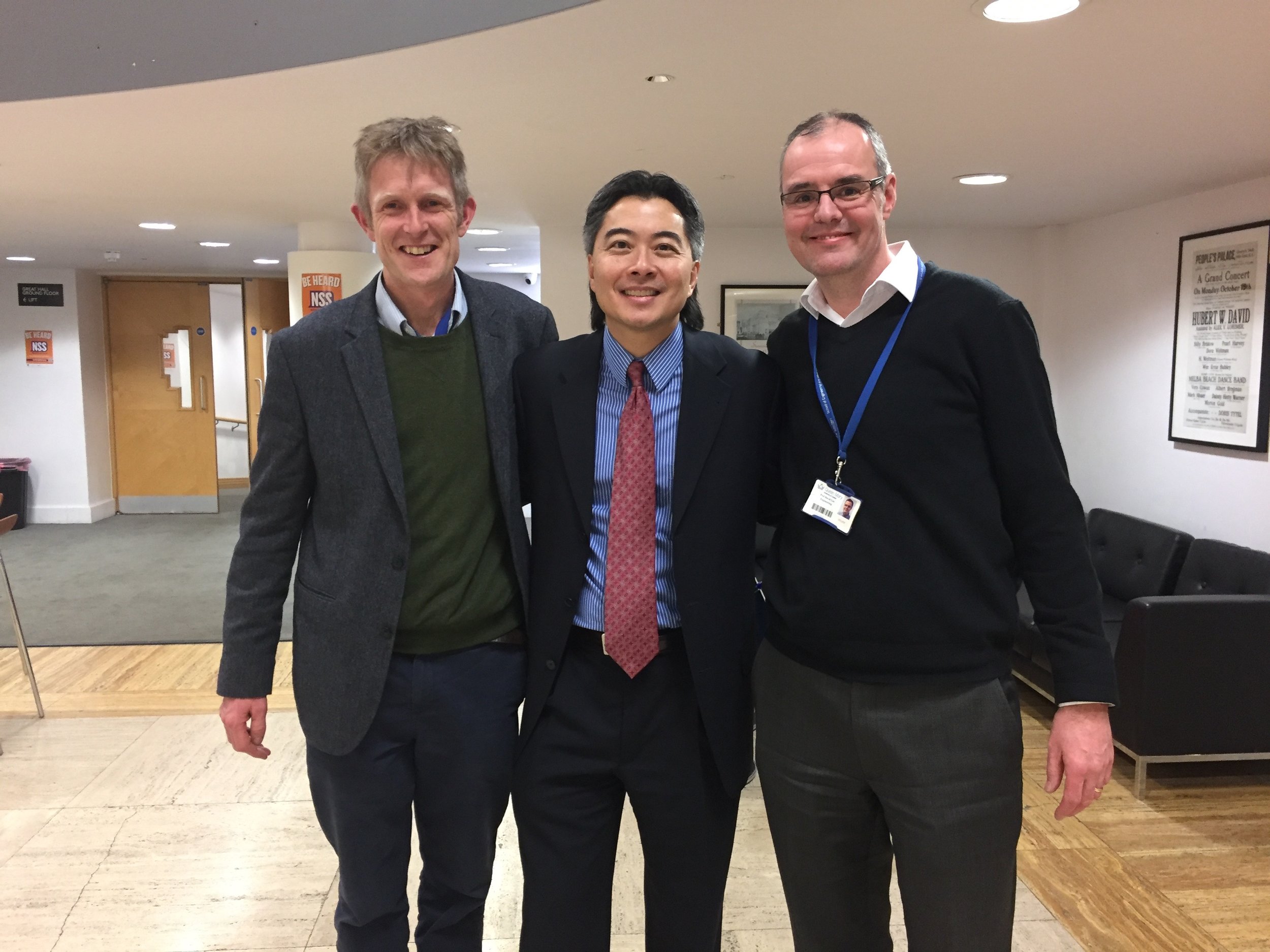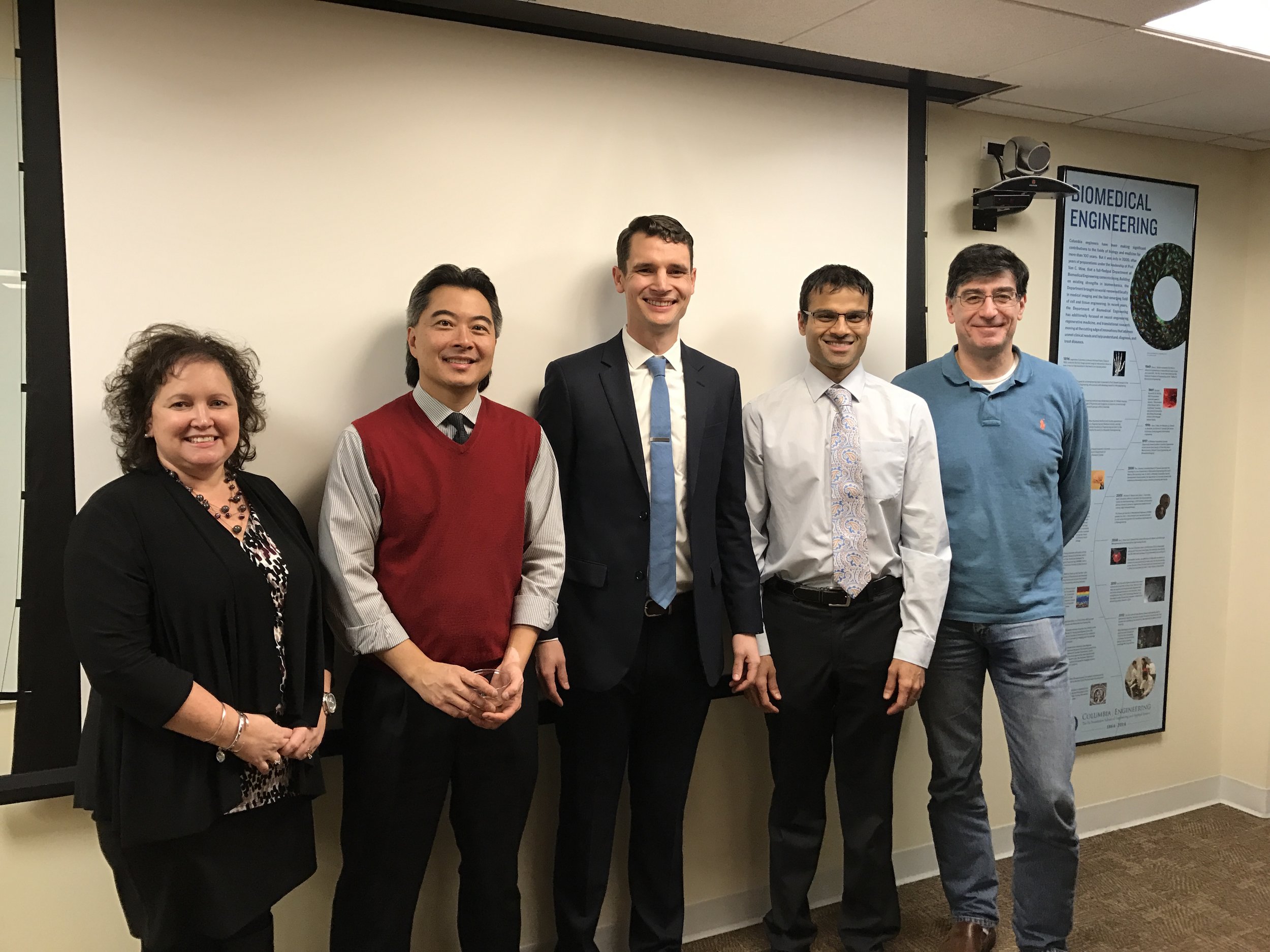Congratulations to Dr. Clark Hung on winning the ORS Marshall R. Urist, MD Award. The Marshall R. Urist, MD Award was created in 1996 and is sponsored by the Journal or Orthopaedic Surgery (JOR) with a grant from Wiley Blackwell. This prestigious award honors an investigator who has established himself as a cutting-edge researcher in tissue regeneration research and has done so with a sustained ongoing body of focused research in the area of tissue regeneration as it relates to the musculoskeletal system. Dr. Hung will be recognized at the 2016 ORS Awards Gala on March 6, 2016 in Orlando, FL.
About Marshall R. Urist, MD
Born on June 11, 1914, in Chicago, and reared in a small farm community near Glen, Mich., Marshall R. Urist received his B.S. in chemistry from the University of Michigan, earned his M.S. from the University of Chicago and obtained his medical degree from Johns Hopkins University in 1941. He completed his surgical residency at Johns Hopkins and at Massachusetts General Hospital.Dr. Urist joined the U.S. Army Medical Corps in 1943. In 1946 he was assigned to the Pentagon, Headquarters of the Surgeon General, to write with co-author Mather Cleveland their book Orthopaedic Surgery in World War II, In the European Theatre of Operations. After leaving the Army, Dr. Urist taught physiology and research at the University of Chicago before joining the UCLA School of Medicine faculty in 1954, a tenure that was to last for 46 years.
Dr. Urist’s pioneering studies on bone induction and the identification of bone morphogenetic protein, or BMP, revolutionized orthopaedic medicine by helping to establish the newly emerging field of orthopaedic growth factor research. The practical implication of this discovery is to allow more rapid bone healing and even replacement of portions of lost bone tissue. With severe fractures and even loss of limited amounts of bone, BMP has the potential of replacing and bridging the defect.
Dr. Urist served as president of several major national orthopaedic associations and societies including the Association of Bone and Joint Surgeons, the Society of International Research in Orthopaedic Surgery and Traumatology, and The Hip Society. For 27 years was editor-in-chief of the journal Clinical Orthopaedics and Related Research. His academic accomplishments and research efforts, supported by numerous grants, resulted in a bibliography of more than 415 publications.
Dr. Urist was a distinguished leader in the field of orthopaedics nationally and internationally for several decades, and as a clinician, scientist, surgeon, writer and editor, his contributions are legendary. Dr. Urist won numerous academic honors, including two Kappa Delta awards, the Claude Bernard Medal, a Simon Guggenheim Fellowship, and the Sir Henry Wellcome Award. In 1977 Urist was named Doctor Medicin, Honoris Causa from the University of Lund, Sweden. His 1965 Science Magazine article on autoinduction was selected by the National Institute of Health Research as a Landmark Contribution to science in 1997. Dr. Urist passed away on February 4, 2001, at the age of 86 years.

















